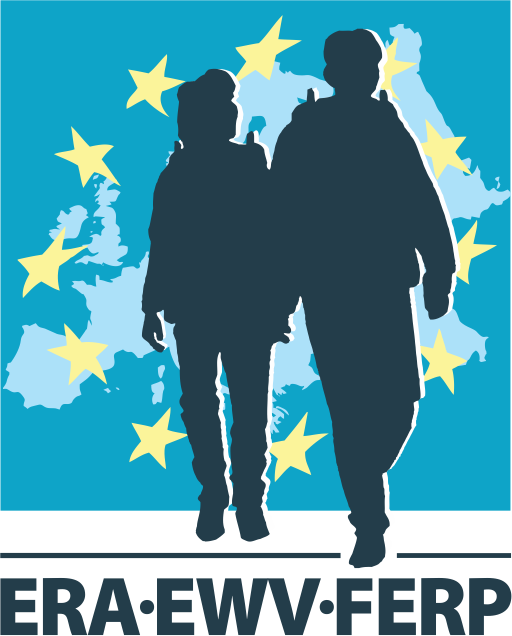Route data
- Download GPX
E10_Austria.gpx

Route description
Starting Point in Austria
Weigetschlag (Upper Austria, border to Czech Republic)
End Point in Austria
Arnbach (near Sillian, Tyrol, border to Italy)
Route of E10 in Austria:
Weigetschlag – Bad Leonfelden – Haslach – St. Oswald – Aigen-Schlägl – Peilstein – Oberkappel – Niederranna – Andorf – Zell/Pram – Pram – Haag am Hausruck – Maria Schmolln – Ostermiething – Salzburg – Funtensee – Maria Alm – Rauris – Bad Hofgastein – Spital/Drau – Goldeck – Weißensee – Hermagor – Nassfeld – Zollnersee – Wolayersee – Porzehütte – Obstansersee – Sillian/Arnbach
Please note that there are several marked alternatives – more details in the literature mentioned below.
Length
710 km

Ground path of E-Path
Upper Austria: Nordwaldkammweg – Bad Leonfelden – Bärenstein 45 km)
Upper Austria, Salzburg, Carinthia: Österreichischer Weitwanderweg 10 („Rupertiweg“) – Bärenstein – Nassfeld 560 km
Carinthia: Österreichischer Weitwanderweg 03 („Südalpenweg“): Nassfeld – Arnbach 105 km
Responsible organizations
OeAV-Sektion Weitwanderer
Mail: weitwanderer@sektion.alpenverein.at
Web: www.alpenverein.at/weitwanderer
Österreichischer Touristenklub (ÖTK)
Mail: zentrale@oetk.at
Web: www.oetk.at
Municipal Offices and various local organisations
Publications
SIMON, Gerd: Der Nordwaldkammweg, Verlag Anton Pustet, ISBN 978-3702508609
ÖAV Sektion Weitwanderer: Rupertiweg – Führer zum Österreichischen Weitwanderweg 10. Order online via www.freytagberndt.com
ÖAV Sektion Weitwanderer: Führer zum Österreichischen Weitwanderweg 03. Order online via www.freytagberndt.com
Maps
These map publishers each covert he whole area (link to sheet lines in bracket):
Freytag & berndt (https://www.freytagberndt.com/wanderkarten-blattschnitte-2/ )
Kompass ( https://www.kompass.de/blattschnitte/ )
BEV ( www.bev.gv.at )

Marking System
Austrian flag along the way, at crossings yellow route indicator signs with name and path number. Local signs between Aigen and Niederranna (“Falkensteiner Weg 110”). All path numbers along long distance path no. 10 or 03 end with “10” and “03 respectively. They sometimes have a third (regional) digit, like 110 (see above) or 403 (“Karnischer Höhenweg”).
Crossing with another E-Path

Practical
Accommodation
Inns, guesthouses and pensions can be found at least every 20 – 30 km. All publications listed above are pretty accurate when it comes to names and contact detail of possible places to stay. In the alpine region, several alpine associations maintain mountain huts where you can eat and sleep during summer. Several mountain huts offer self-supporting accommodation as well – some of them are basic shelters, others are quite comfortable. You can check out the equipment as well as capacity and other important information at: https://www.alpenverein.at/portal/berg-aktiv/huetten/index.php
You might consider a membership with Austria’s Alpine Association, as there are significant discounts on accommodation and it includes an insurance package (emergency transport, helicopter transport, etc. …). More information: www.alpenverein.at. Active memberships in any other east-alpine alpine association (Germany, Austria, Switzerland, South Tyrol) are usually accepted as well.
Camping is allowed only at official camping sites.
Gear
Weatherproof hiking equipment will do the trick until you reach Salzburg, from there on alpine gear is recommended. You will not need climbing equipment.
Food
In several decentral villages you won’t find a grocery shop anymore, so you rely on your host from time to time. It is usually no problem to buy sandwiches from the breakfast buffet. Usually you have a chance to get warm food once a day.
Travel
In the northern regions of Austria you will mostly rely on busses. Usually you have a good chance to catch a bus in the morning and around lunch time (school busses). Unfortunately public transportation tends to decrease. Hitchhiking is legal everywhere except on motorways.

——————-
Author, pictures
Martin Marktl, Austrian Alpine Association (ÖAV).

